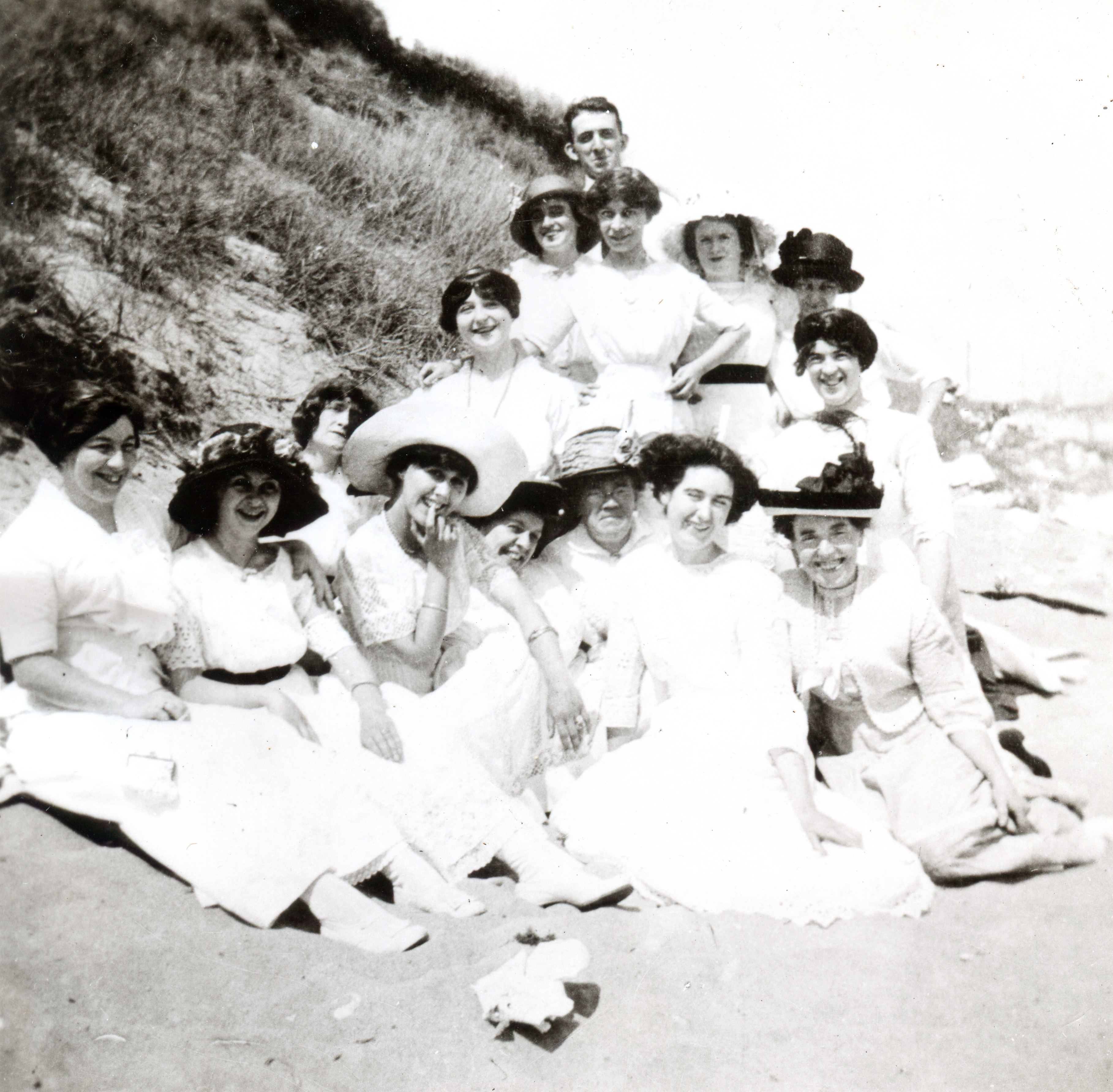[slideshow_deploy id=’3338′]
In January 1878 George Coy founded the District Telephone Company of New Haven, Connecticut, less than one year after telephone inventor Alexander Graham Bell demonstrated his invention at Skiff’s Opera House in that city. Coy’s new company was the first commercial telephone company in the world.
Seventy-five years later, in 1953, the company now known as the Southern New England Telphone Company produced a charming comic book — Pioneering the Telephone in Connecticut — to celebrate its history. In 1998 the company records were donated to Archives & Special Collections, and the comic book was among the materials.
Here are just a few cells of the comic book, a captivating way to learn about this important company’s history.






